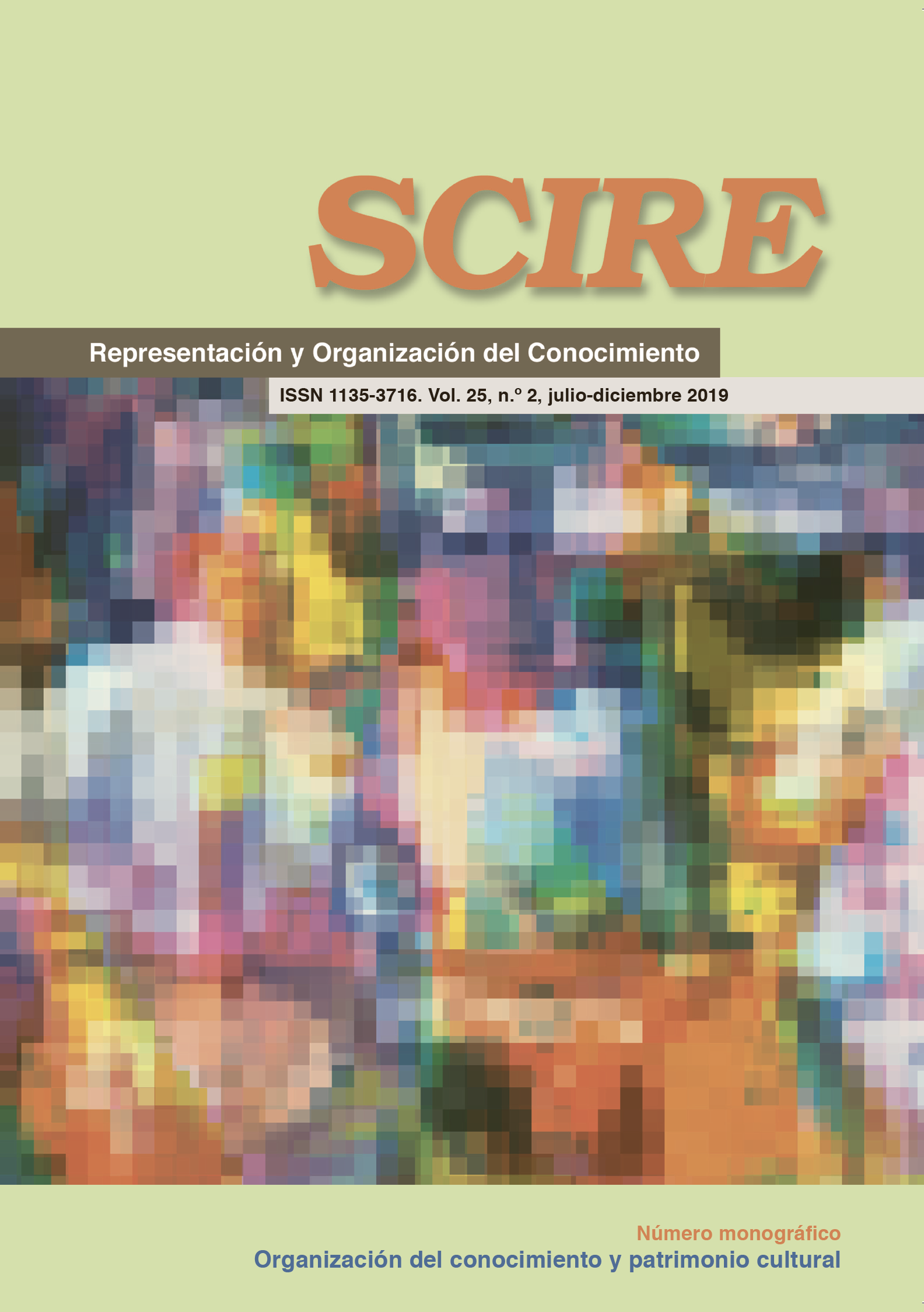“Subject Representation” in the Brazilian Information Science
development and relations
DOI:
https://doi.org/10.54886/scire.v25i2.4647Keywords:
information processing, subject representation, Brazilian information science, BrazilAbstract
This paper aims to identify, analyze and describe the definitions and relations of "subject representation" in the domain of Knowledge Organization in the Brazilian Information Science. It aimed to trace in a more indirect way the generative historical construction of its definition in the field. It was not the purpose of this paper to find or even to construct an individualizing definition of this expression, nor to propose potential hierarchical relations in this domain. The specificities of the objectives were devoted to recognize the developments, progress, and family resemblances that constitute the concept of Information Processing and Subject Representation in the Brazilian scientific literature. We conducted a literature review and content analysis of the papers published in the proceedings of ENANCIB (National Meetings of Research in Information Science). Based on this analysis we conclude that the nomenclature and definitions of this concept are presented in the literature in a varied way and the relations and family resemblances of signification follow the same variation. Notwithstanding, there is a prevalence of the understandings of the concept based on Guimarães (2008 and 2009), which, more indirectly, confirms the presence of the French school in the Brazilian information studies.
Downloads
Downloads
Published
How to Cite
Issue
Section
License
Copyright (c) 2019 Authors retain their copyright, but transfer the exploitation rights (reproduction, distribution, public communication and transformation) to the journal in a non-exclusive way and guarantee the right to the first publication of their work to the journal, which will be simultaneously subjected to the license CC BY-NC-ND. Authors take whole personal responsibility on fulfilling all the appropiate ethical codes and laws, and obtaining all the necessary copyright permissions regarding their articles. Institutional and self- archiving is allowed and encouraged.

This work is licensed under a Creative Commons Attribution-NonCommercial-NoDerivatives 4.0 International License.
© 1996- . Authors retain their copyright, but transfer the exploitation rights (reproduction, distribution, public communication and transformation) to the journal in a non-exclusive way and guarantee the right to the first publication of their work to the journal, which will be simultaneously subjected to the license CC BY-NC-ND. Authors take whole personal responsibility on fulfilling all the appropiate ethical codes and laws, and obtaining all the necessary copyright permissions regarding their articles. Institutional and self- archiving is allowed and encouraged.




